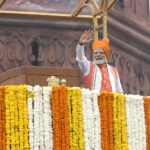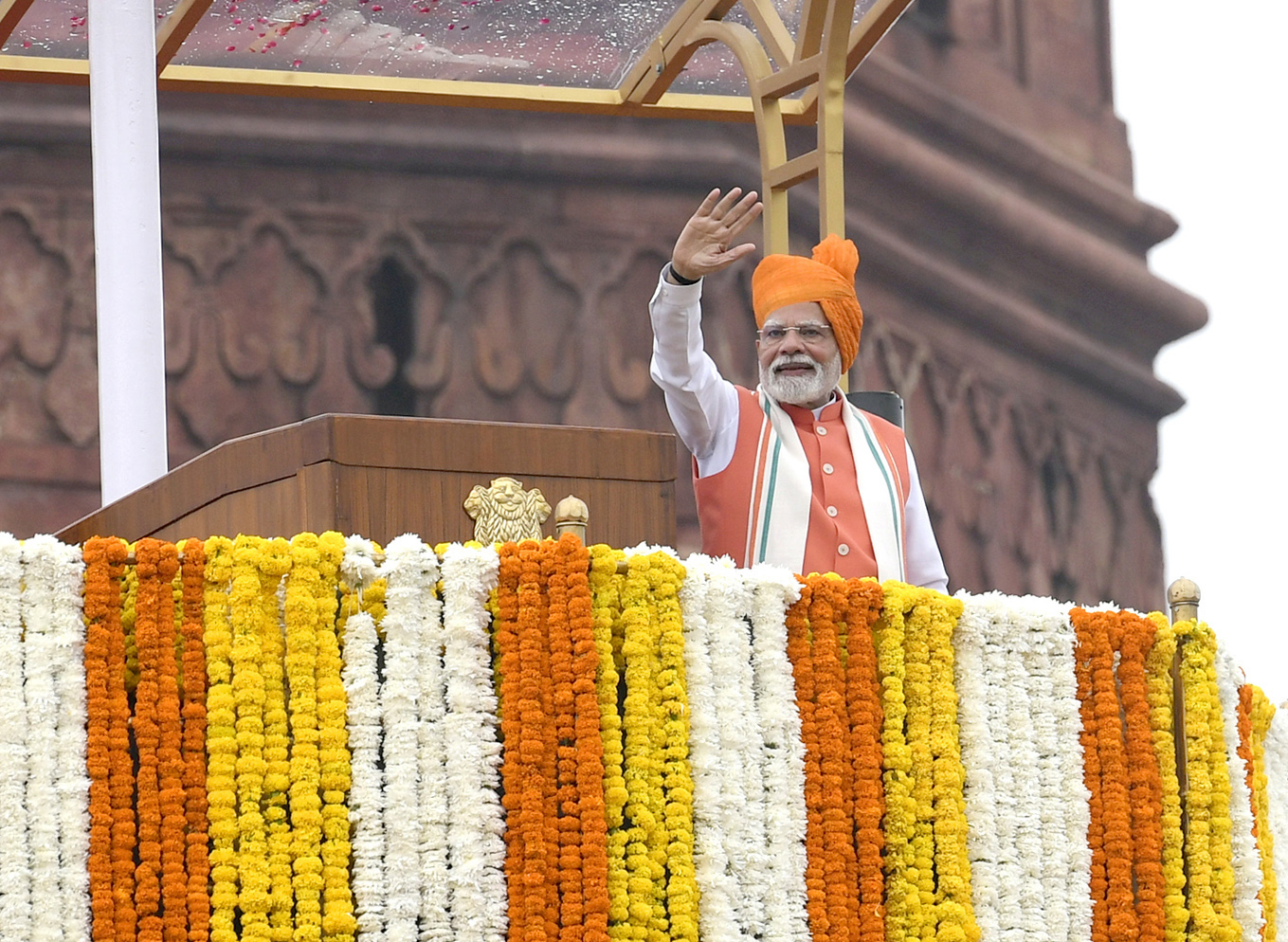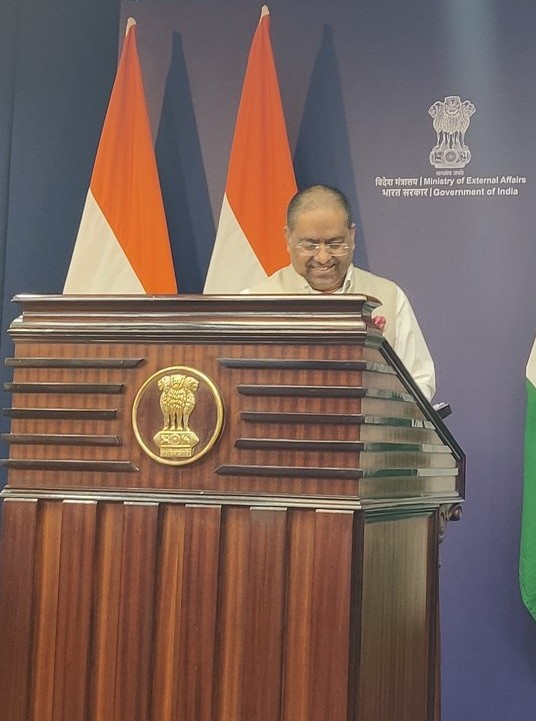North News
Prayagraj(UP), January 30
On the auspicious occasion of Mauni Amavasya, crores of devotees took the second Amrit Snan at the eternal and pure Triveni Sangam in Prayagraj. The Mahakumbh is not only a symbol of faith, belief, and devotion but also an extraordinary example of unity, equality, and cultural diversity. Along with Indians, a large number of foreign devotees also took the holy dip at the Triveni Sangam and witnessed India’s rich cultural heritage.
In light of the stampede that claimed 30 lives and left 60 injured, the saints, Naga Sannyasis, and Akhadas broke with tradition for the first time by postponing their ritualistic first dip at the Sangam. The Akhil Bhartiya Akhada Parishad, led by Mahant Ravindra Puri, unanimously decided to prioritize the safety of devotees, allowing them to take the Amrit Snan first. Once the situation stabilized, the Akhadas conducted their grand Amrit Snan ceremony in a symbolic manner. On this second Amrit Snan day, the Shankaracharyas of the three Peeths of India also took a dip at the Triveni Sangam. The Shankaracharyas urged devotees to maintain restraint. Jagatguru Shankaracharya Swami Vidhu Shekhar Bharti Ji of Shringeri Sharada Peeth, Jagatguru Shankaracharya Swami Sadanand Saraswati Ji of Dwarka Sharada Peeth, and Shankaracharya Swami Avimukteshwaranand Saraswati Ji of Jyotish Peeth took the holy dip at the Triveni Sangam on this day. The Shankaracharyas performed the dip with full religious rituals, offering blessings for the welfare of the Nation.
To ensure the smooth completion of the Amrit Snan, the Kumbh Mela administration made extensive arrangements. Unprecedented security measures were implemented across the entire Mela area, with both state police and central paramilitary forces deployed in large numbers. The administration also took all necessary measures to ensure the safety of the devotees. Additionally, the Ganga Seva Doots were deployed on the ghats, playing a crucial role in maintaining the cleanliness of the river. These Ganga Seva Doots immediately removed flowers and other offerings from the river, ensuring the cleanliness of the Ganga and Yamuna. Along with the Mela administration, the local administration, police, sanitation workers, volunteers, boatmen, and various government departments from both Central and State governments contributed in the arrangements
The Mahakumbh 2025 has also been successful in promoting India’s cultural heritage on the international stage. The Kumbh Mela administration made all necessary arrangements to ensure the event’s safety and success. The popularity of the Mahakumbh and its cultural heritage are being recognized globally. Foreign devotees visiting the Maha Kumbh were deeply impressed by Indian culture, and alongside their holy dip in the Ganga, they experienced India’s religious and cultural traditions. The Maha Kumbh 2025 is a symbol of faith, unity, and diversity. This event not only highlights India but is also spreading the greatness of Indian culture to the entire world. The Mahakumbh Mela is not just religiously significant but also symbolizes social and cultural unity.
















